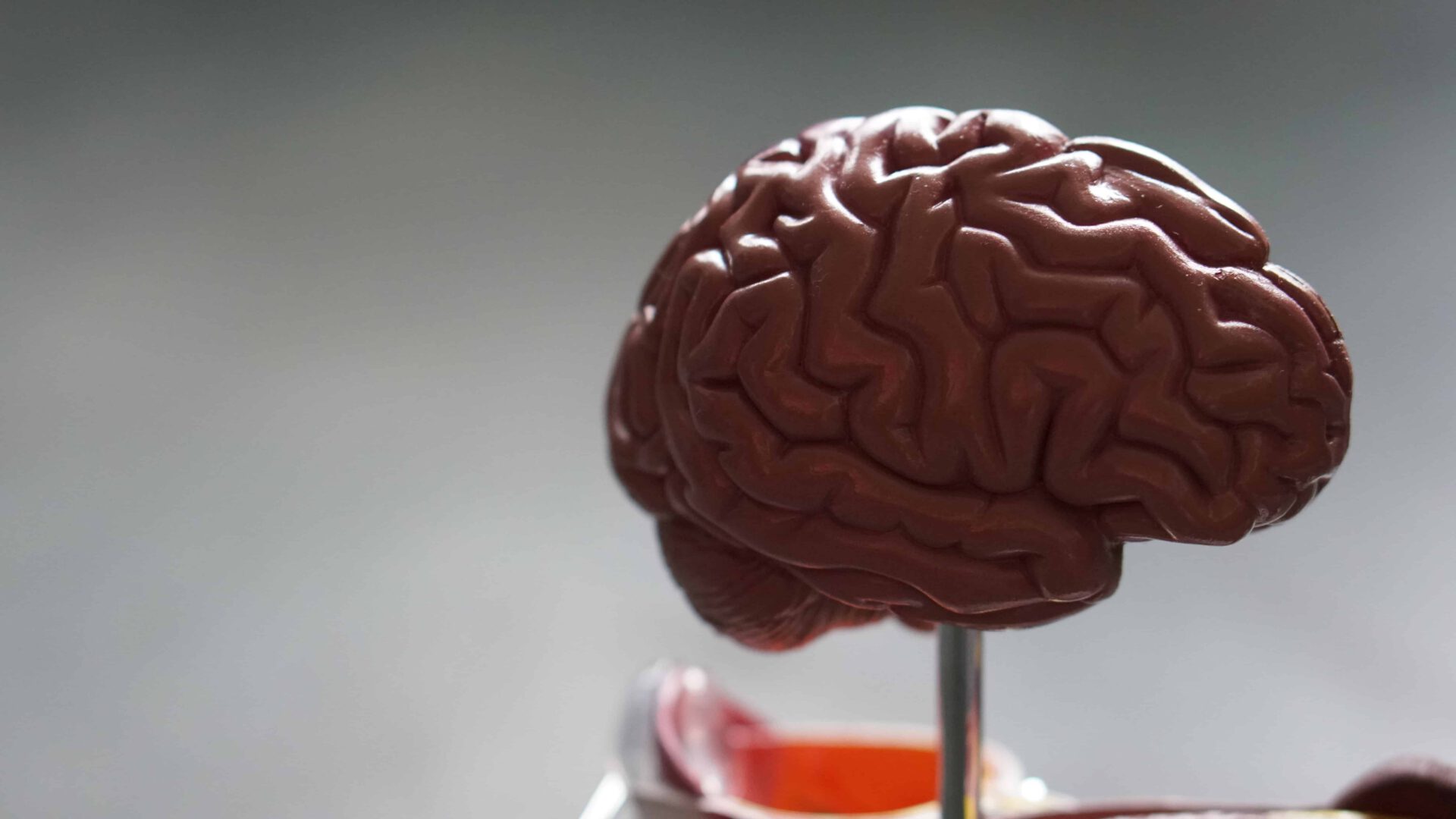The Meadows has launched a new Brain Center for the exclusive use of patients on its Wickenburg, Arizona campus. The concept for the Brain Center arose from the expanded trauma services now offered at The Meadows.
Senior Fellow Dr. Shelley Uram, Director of Trauma Resolution Services Deirdre Stewart, and Clinical Director Nancy Bailey worked hand-in-hand with leaders in the field of trauma services to create the center that officially opened in July 2014. The concept behind developing the Brain Center was to provide patients a nurturing and sacred space where they are supported in the utilization of state-of-the-art equipment that aids in grounding and self-regulation.
As The Meadows patient demographic continues to become more and more complex, treatment tools require adjusting accordingly. These expanded treatment interventions will help support the patients’ self-regulation skills, and allow the staff to confront the deeper issues with a “calmer spirit.”
Deirdre and her team monitor the use of the equipment while guiding and integrating the use of these tools into the patient’s overall treatment plan. In addition to patients’ regularly scheduled time in the Brain Center, patients can take advantage of “drop-in” time that is available around other scheduled program activities. Patients are cleared by their treatment team for the use of the center and are monitored closely to prevent the use of any equipment that may be contraindicated for the patients’ specific conditions.
Brain Center Equipment
The Brain Center incorporates the following treatment modalities which are monitored by The Meadows trauma team and incorporated into treatment based on clinical necessity and appropriateness for each patient. The trauma team also advises each patient of the suitable use and protocols for the equipment.
Cranio-electro stimulation (CES) – Research over 25 years describes this tool as useful for sleep, anxiety, and improved cognitive functioning for substance abusers. The device is a small, modulated electrical current supplied to the ear lobes.
Audio/Visual Stimulation with CES (Oasis) – This device combines an audio/visual stimulator with the CES described above. These devices combine light and sound to increase the prevalence of certain EEG frequencies in the brain. Benefits are shown for seasonal affective disorder, stress reduction, insomnia, mood disorders, mental sharpness, memory, and cognitive functioning.
Heart-rate Variability (HRV) – A biofeedback device to help people learn how to relax and develop coherent breathing patterns. Hemoencephalography (HEG) Biofeedback – HEG is applied to cerebral blood oxygenation, allowing individuals to learn to control and increase blood flow to the brain. Primary use is to stimulate underactive frontal lobes seen with much of our patient population. Combines well with other brain training devices mentioned above.
Chi Machine – Figure 8 oscillation movement helps aid in heart and circulation. Improves immune system and lymph flow.
Dr. Shelley Uram, a Harvard trained, a triple board-certified psychiatrist and expert on psychological trauma and the brain states this about the work conducted at the Brain Center at The Meadows:
“A generally helpful way of assessing how effective a treatment is for someone with psychological trauma symptoms is to understand where in the brain treatment is working.”
The trauma treatments that heavily address the brainstem and limbic areas of the brain tend to be more effective in trauma treatment.
People who suffer from psychological trauma symptoms tend to have brainstems that are “dysregulated” (i.e., not well organized). When this part of the brain is not well-organized, it can make other brain parts not function as well as they potentially could, for example, the limbic brain areas and the prefrontal cortex.
When the limbic brain area is affected by psychological trauma and a dysregulated brainstem, the functioning of our thinking brain (the prefrontal cortex) can additionally be decreased. When this happens, people’s ability to think clearly, analyze, understand, make as good judgments as they normally would, etc. can become compromised.
What can we do about this situation?
If our treatments address the brainstem and limbic brain areas, the whole brain can begin to reorganize back to a more normal state. The general name we give to these treatments that address the brainstem and limbic brain areas area called “Bottom-Up” treatments because they work on the lower two-thirds of the brain. Some areas in the top third of the brain then become “freed up” to function much better. We subjectively experience that as feeling much better in our bodies, about ourselves, and our lives.”
These new treatment modalities complement the already rich services offered at The Meadows. The Brain Center benefits will result in patients who are less activated and more regulated while moving through their treatment experience.
About Dr. Nancy Bailey
Nancy Bailey, Ph.D., is the Clinical Director at The Meadows. She holds certifications as an addictions counselor, co-occurring disorders diplomat, and experiential therapist. Nancy is also an EAGALA (equine) trained therapist. Having worked in the field of behavioral health since 1994, Dr. Bailey’s research and professional interests have focused on women’s recovery issues with special attention to eating disorders and trauma using experiential treatment modalities including psychodrama.

